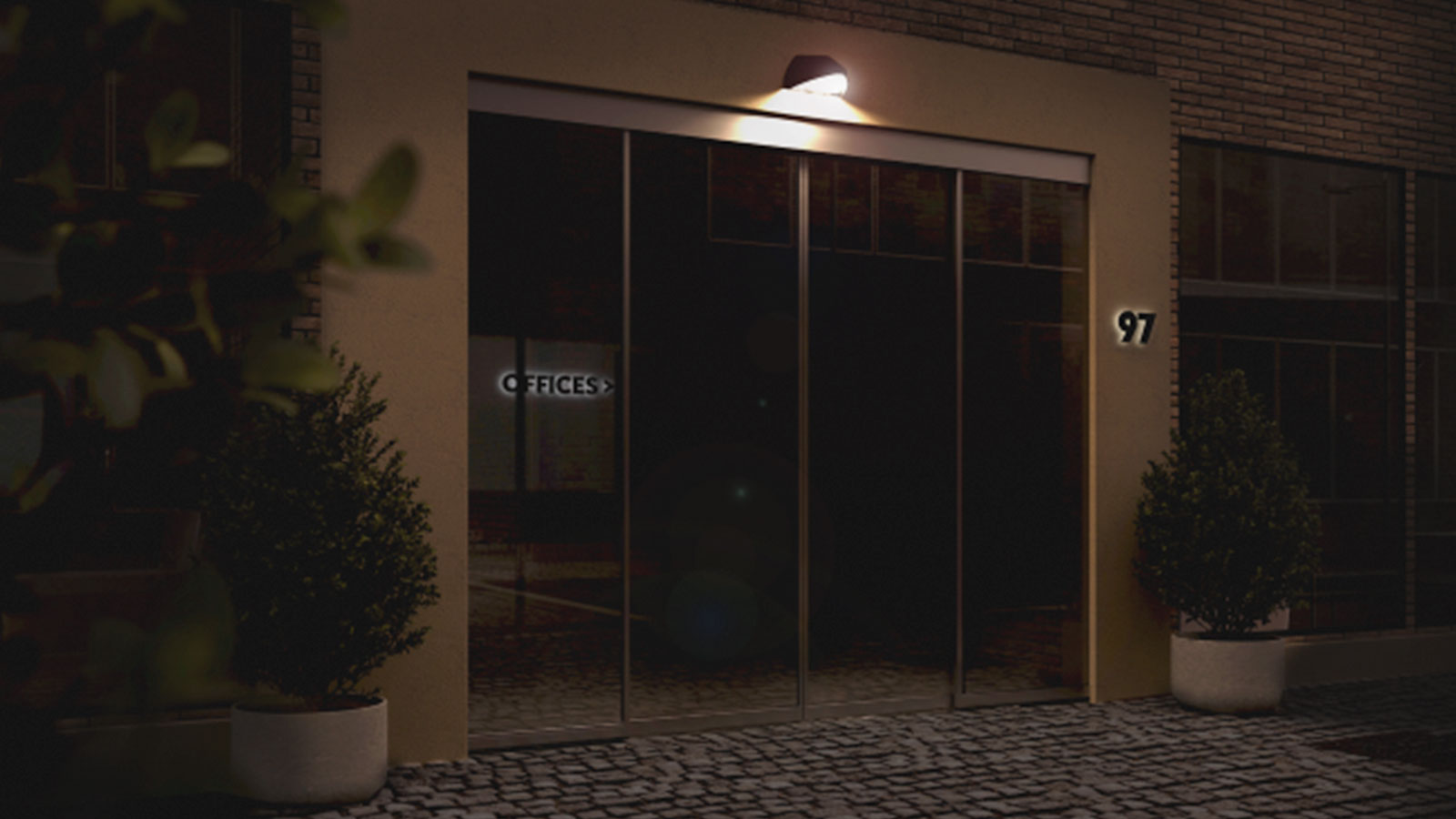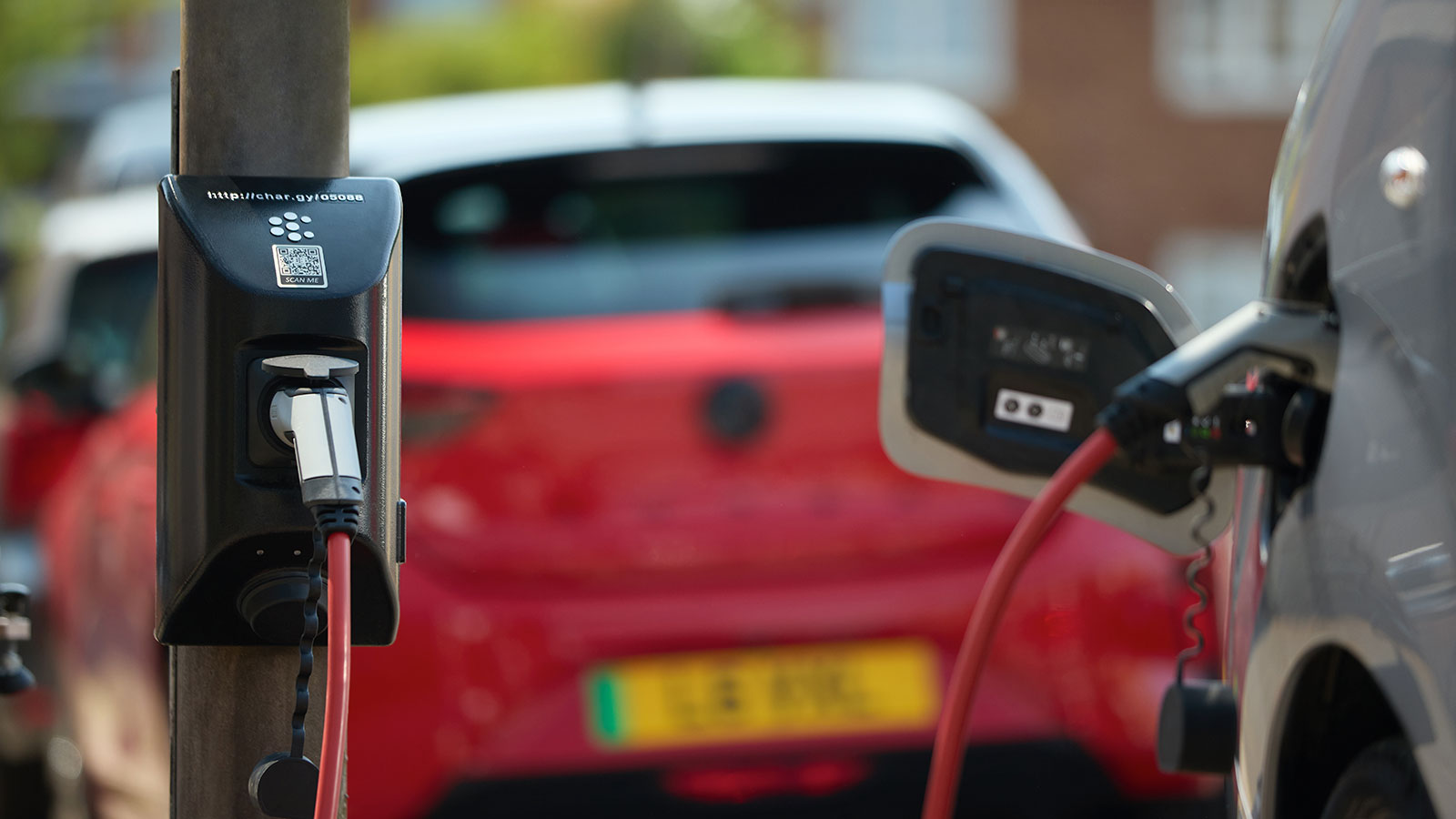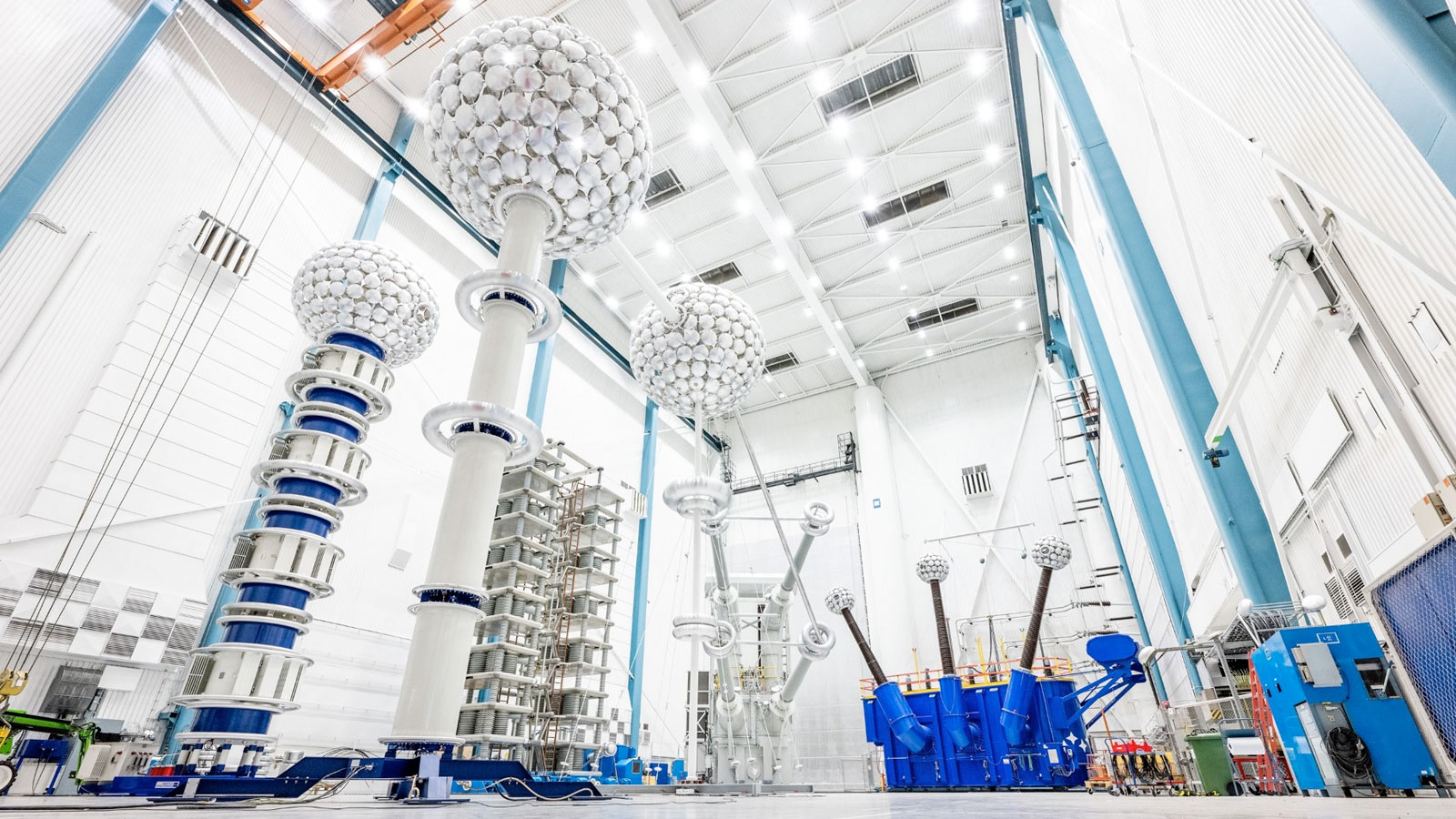Dominic Harkness, a lighting designer from Ansell Lighting, shares some top tips on how to avoid unnecessary light pollution.
Impacting ecosystems, human health and the environment, light pollution is a huge issue across the globe. Caused by excessive, poorly directed and improperly shielded artificial light, installers and lighting designers are being called upon to prevent and address this problem when maintaining existing, or implementing new, lighting systems.
Outdoor lighting is fundamental for security, safety and visibility after dark. It also contributes to the overall aesthetic appeal of our surroundings, while playing a huge role in accentuating architectural features, landscapes, and urban environments.
However, much of the lighting we use at night is unnecessary. Often too bright, ineffectively shielded and badly directed, it is causing needless radiance in the world around us – or namely, light pollution.
But what are the issues caused by light pollution and why is it such a problem to our planet?
The impact of light pollution
Light pollution is a complex problem that affects diverse aspects of our world. It causes huge disruptions to ecosystems and the natural behaviours and rhythms of wildlife, including migration patterns, mating rituals and, especially for nocturnal animals, feeding.
Excessive artificial lighting also creates skyglow which washes out starlight and other celestial objects hindering astronomical observation and research.
Human health is another issue impacted by light pollution with circadian rhythms and sleep patterns disrupted causing various health issues, including insomnia, fatigue, mood disorders, and increased risk of certain chronic diseases such as obesity, diabetes, and cancer.
That’s not to mention that lighting pollution wastes huge amounts of energy worldwide, further contributing to climate change – not to mention escalating energy bills.
The scale of the issue is vast. Approximately eight out of 10 people on earth live under a light-polluted night sky, with global light pollution levels said to be increasing around 2% per annum – meaning the problem is worsening. That’s why it’s important that we take steps to address the issue.
How to solve our lighting pollution problems
Whilst it will take many years before levels can be significantly reduced and inefficient schemes replaced, we can ensure that new schemes will not contribute to the problem and help in the fight to reclaim dark skies.
Product selection is a key starting point. Installers should ensure that they opt to include products that combine advanced lens technology and enhanced glare control design to minimise glare and reduce light trespass. These products, alongside shielded designs, will ensure a minimal amount of light is given off upward, preventing light pollution.
Many manufacturers have committed to developing new product designs that incorporate these characteristics. A fixed mounting system is also advisable, helping to ensure that light is distributed in line with photometric testing.
Easing the specification process, DarkSky (formerly International Dark-Sky Association), the authoritative voice on light pollution, has developed a certification program to recognise products that meet these standards. Known as the Fixture Seal of Approval, all products with this certification meet required criteria and won’t add to light pollution levels in the night sky.
DarkSky also provides useful guidelines on how to approach the design of installations so that they have much less impact on the environment.
Known as ‘Dark Sky Design’ there are five principles to follow and consider in total.
The five principles of ‘Dark Sky Design’
- Useful – The light should have a clear purpose and benefit, and consideration should be given as to whether individual luminaires are actually needed. Thought should also be given to how the fitting will impact the specific area and whether it will have a negative impact on any wildlife in the local environment.
- Targeted – The light should be illuminating only the area needed and not impacting on neighbouring spaces.
- Low level – The illumination should be at a low level, providing only the desired level of illuminance and nothing more
- Control – Systems should be completely controllable and only switched ‘on’ when they are useful. Products which have integral control, such as dimmable functionality, selectable colour temperature and selectable power function are a must as they can be set to optimise colour, performance, and energy usage. Integral electronic photocell, microwave sensor and smart options are also recommended, ensuring products are only in use exactly when they are needed.
- Colour – Finally, the colour of the lamps is hugely important in reducing light pollution. A warmer colour with a CCT of 3000K or less should be used as they have a lower blue-violet component.
Light pollution is a very real problem in our world but by implementing these strategies and incorporating dark sky-friendly lighting practices into new lighting projects, we can contribute to its reduction, protecting natural habitats, ecosystems and ensuring the beauty of the night sky is preserved for future generations in turn.





